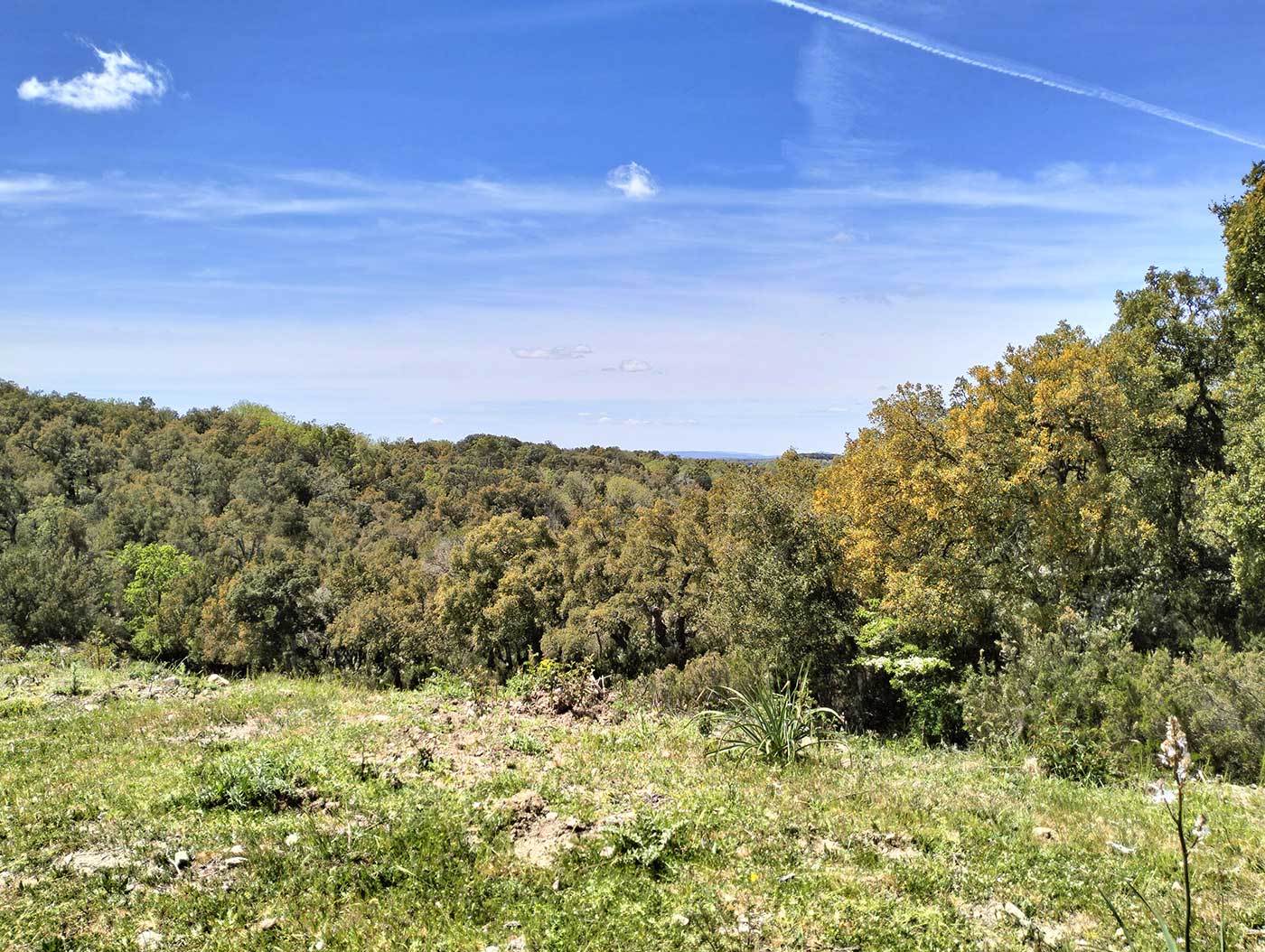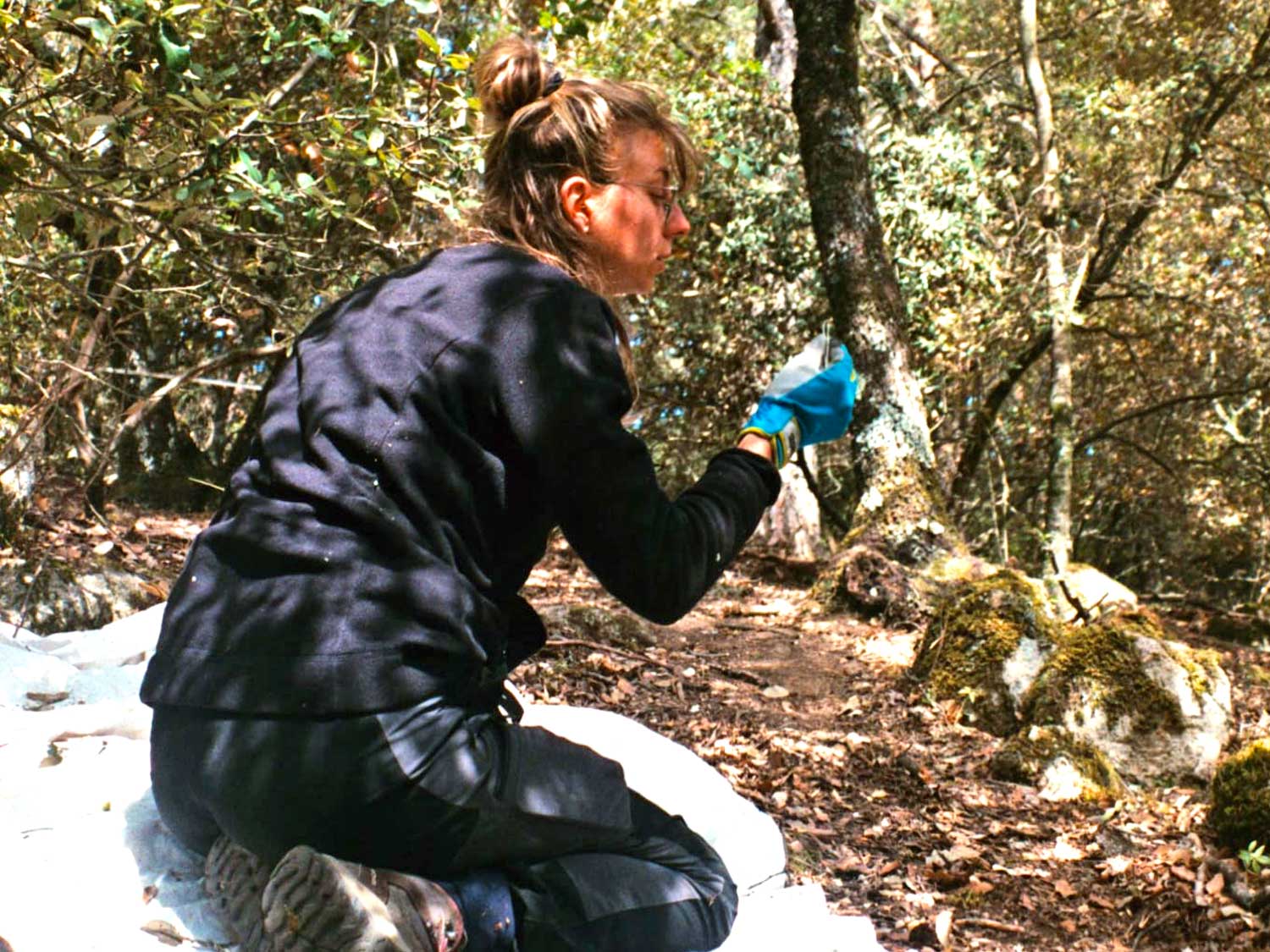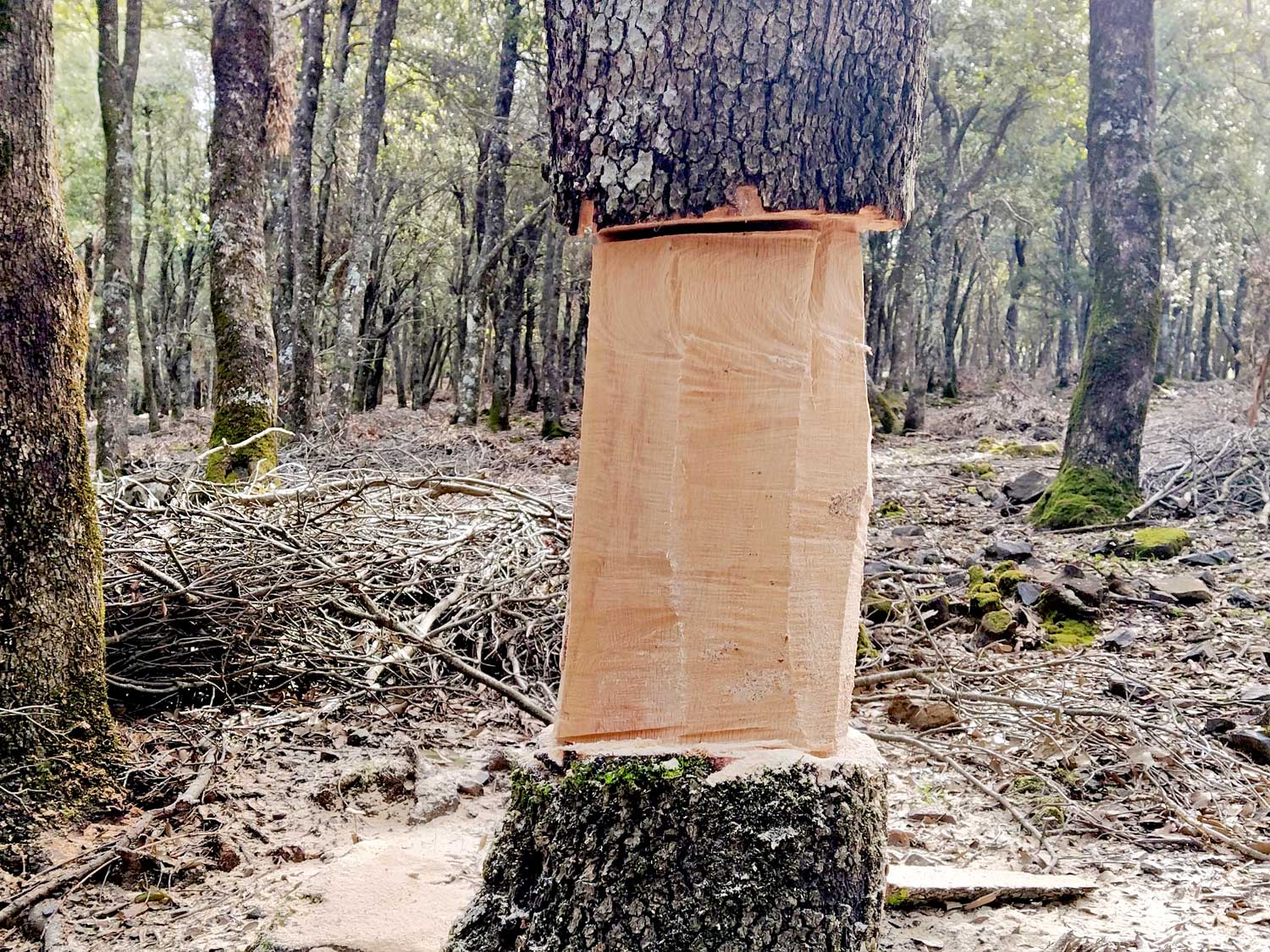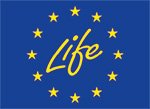Share
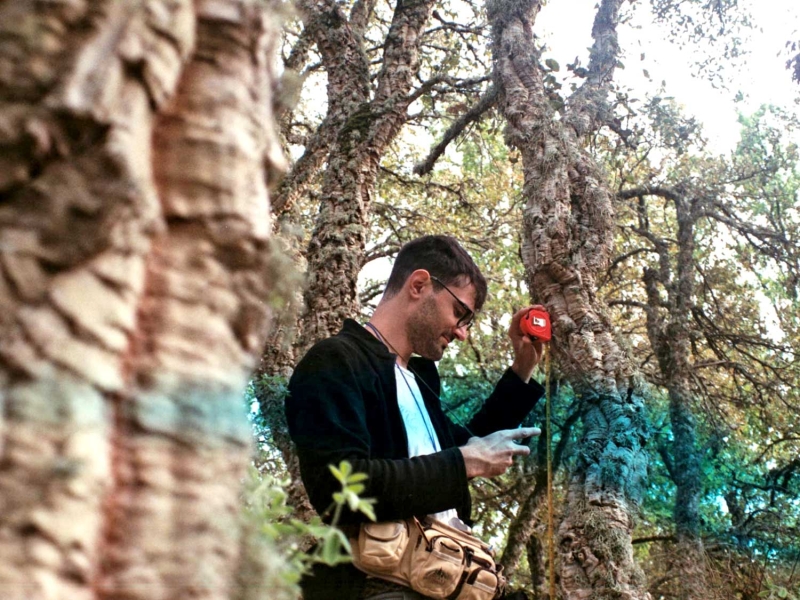
As part of the GoProForMed project, several theses have been developed to further investigate the target habitats of the project. Here, we present the abstract of Mirko Legnaro Diamanti 's thesis entitled "Epiphytic lichen community responses to forest structure and microclimate in Mediterranean forests" completed at the Faculty of Mathematics, Physics and Natural Sciences, Department of Earth Sciences of the Sapienza University of Rome.
Abstract
Lichens are strictly dependent on environmental and microclimatic conditions. Among the most relevant variables are solar radiation and precipitation, which are influenced by the type of management applied to the forest ecosystem.
Lichen communities respond to ecosystem modifications more quickly as compared to more studied taxa, but the ability of various groups of organisms to respond differently to different environmental changes makes a multi-taxonomic approach capable of highlighting the different links between the ecological characteristics, forest structure indices and the diversity of multiple taxa within the same sampling area.
The targets of this study are to understand the relations between epiphytic lichen biodiversity and the structure of Mediterranean forests, as well as understand the links between this biodiversity, forest structure and microclimatic conditions.
Apart from this the epiphytic lichen sampling was conducted in a multi-taxonomic context and according to widely accepted sampling protocols. This standardization allows the creation of datasets with harmonized data, which enables high comparability concerning the sampling period and location. This sampling method allows to increase data on Mediterranean forests, currently under-expressed a European level.
Main results are the sensibility of the lichen community to habitat and to changes in canopy structure. The study reveals that for the biodiversity of this taxon the canopy parameters appear to be more important than the stand structure parameters.
Moreover, we provide data on the relationship between the composition of the epiphytic lichen community and micro- and macro-climatic variables in a Mediterranean contest.
These results could help to understand how to manage a forest to improve its biodiversity. This with a better comprehension of which structural parameters are linked to better ecological conditions for Mediterranean epiphytic lichen communities, which are a classic monitor of a management closer to nature.






